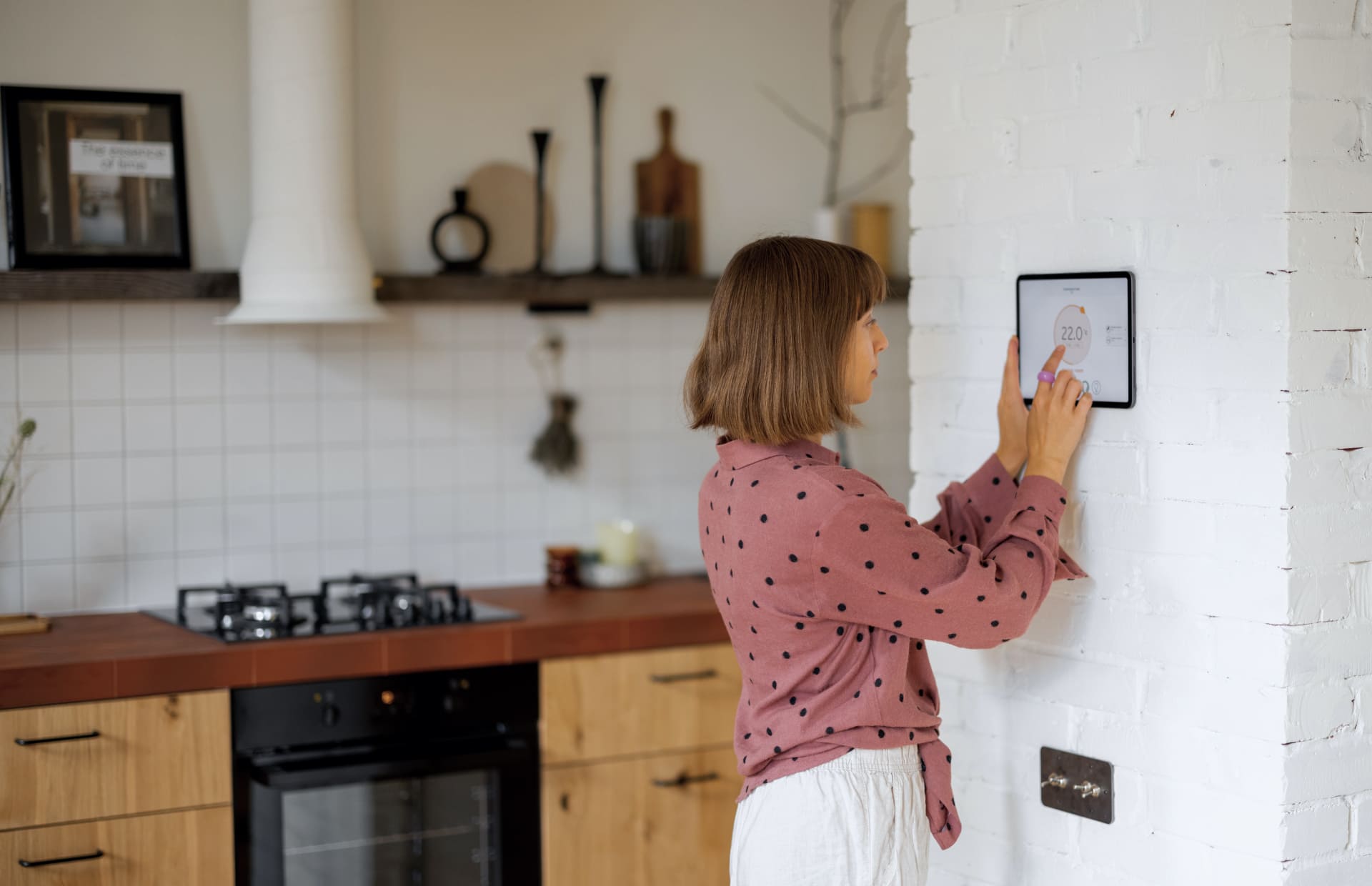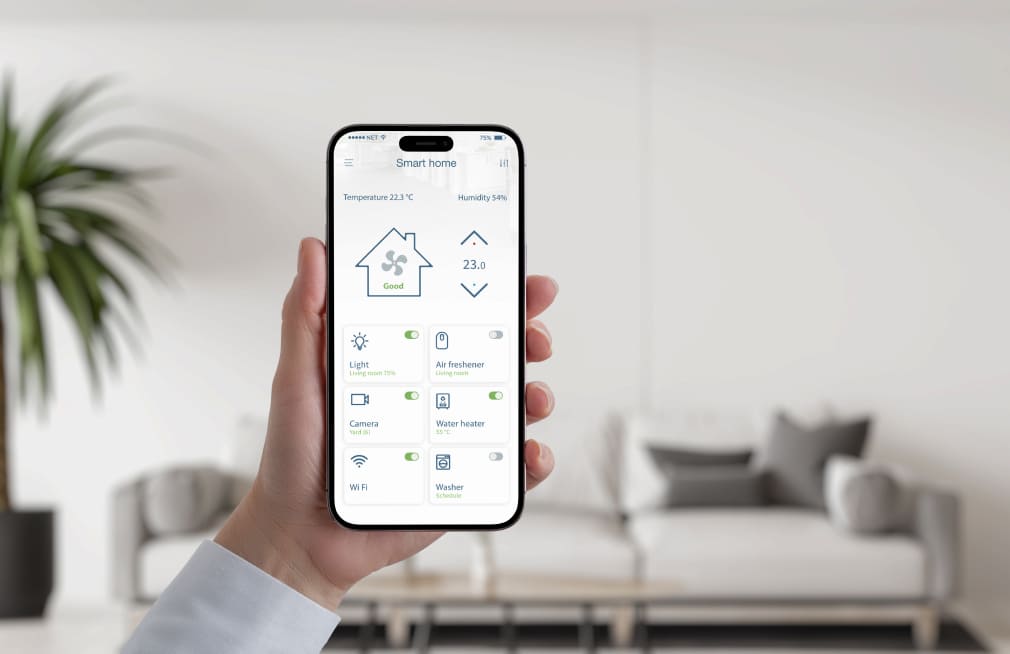Thanks to this virtual modeling, the connected building is designed and optimized upstream, with gains in terms of construction time and materials consumed. Intelligent construction must collect real data, which requires the installation of sensors to supervise everything.
This is why a simple home automation presence is not enough. It is not only about remote control, but also about real-time supervision of the building management.
We use the IoT (Internet of Things) supported by artificial intelligence.
Thus, the AI learns as it goes along to base its decisions on data without the need for human intervention!
The use of IoT also allows to take advantage of services like predictive maintenance. Thanks to new technologies, many actions are automated to make the connected building as autonomous as possible.
The IoT will measure technical defects related to production to ensure continuity of service in a factory. It can also focus on access control and housing comfort temperature for an apartment building. And these are just two examples among dozens of others!


